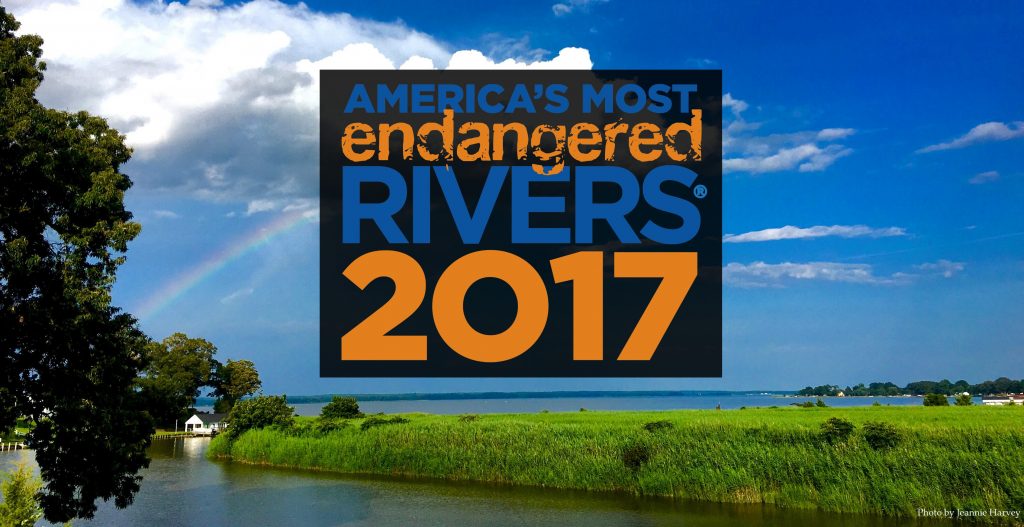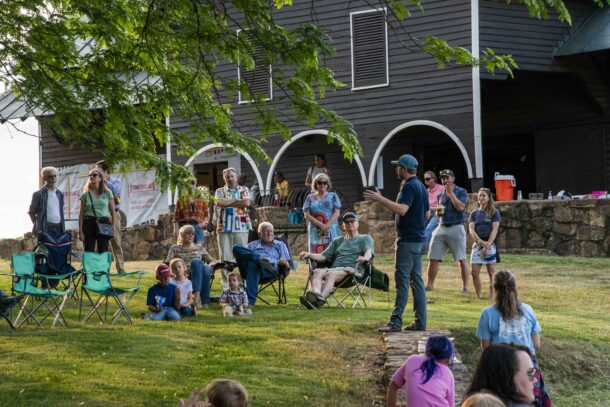Westmoreland joins Richmond and King George counties and adopts fracking ordinance
It was the Christmas present Friends of the Rappahannock (FOR) wanted most, and the perfect end to a year of river advocacy centered on the fight to protect our watershed from the threats posed by fracking.
On Dec. 11, the Westmoreland County Board of Supervisors approved the adoption of setback requirements that protect county residents and their water resources from pollution arising from hydraulic fracturing for natural gas, commonly known as fracking. Their decision puts Westmoreland County on the same page with Richmond and King George counties, both of which have adopted similar measures.
Taken together, the actions by these three localities effectively reduce the threat to the Northern Neck from fracking, an issue that received national attention beginning in April, when American Rivers listed the Rappahannock River as the #5 Most Endangered River (MER) in the United States. American Rivers is based in Washington, D.C. and works across the U.S. to “protect wild rivers, restore damaged rivers, and conserve clean water for people and nature.”
The Westmoreland supervisors followed a planning commission recommendation and adopted an ordinance requiring setbacks between fracking operations and “designated Resource Protection Areas (RPA), wetlands, existing structures, public and private wellheads, and public infrastructure.” The setbacks vary from 1,000 feet to 3,300 feet for critical resources such as public water sources.
Richmond County completely banned fracking in November, and King George County amended its zoning ordinance in 2016, establishing a setback of 1,000 feet for public groundwater supplies and 750 feet for tidal wetlands, important waters, occupied buildings and public roads. King George’s decision made 91 percent of the county unavailable for fracking.
“We are extremely pleased the Westmoreland County Board of Supervisors is a proactive partner in the effort to protect their citizens, their water resources, and the Rappahannock River,” said FOR Executive Director Kathleen Harrigan.
“The Most Endangered Rivers listing is intended to focus attention on specific threats and watersheds, and it worked,” she said. “FOR staff and our advocacy partners met frequently with local officials and residents, working with them to examine the issue and draft reasonable, protective language. These three counties have proven to be leaders on fracking protection in the state of Virginia. We hope others will soon follow their example.”
FOR River Steward Richard Moncure has been a leader on this issue, and he is also hopeful the Northern Neck example will be mirrored across the river. Middle Peninsula localities like Essex and Caroline counties also face threats from fracking, and FOR has been working with them, too.
“Our staff and our partners have been focused on this issue for more than five years,” he said, “and we hope this year’s accomplishments will lead to success elsewhere in 2018. The MER listing was a great opportunity for us, and our conservation partners, to drive home the message that fracking poses real and serious threats. People heard us and they acted.”
Woodie Walker
Community Conservationist


